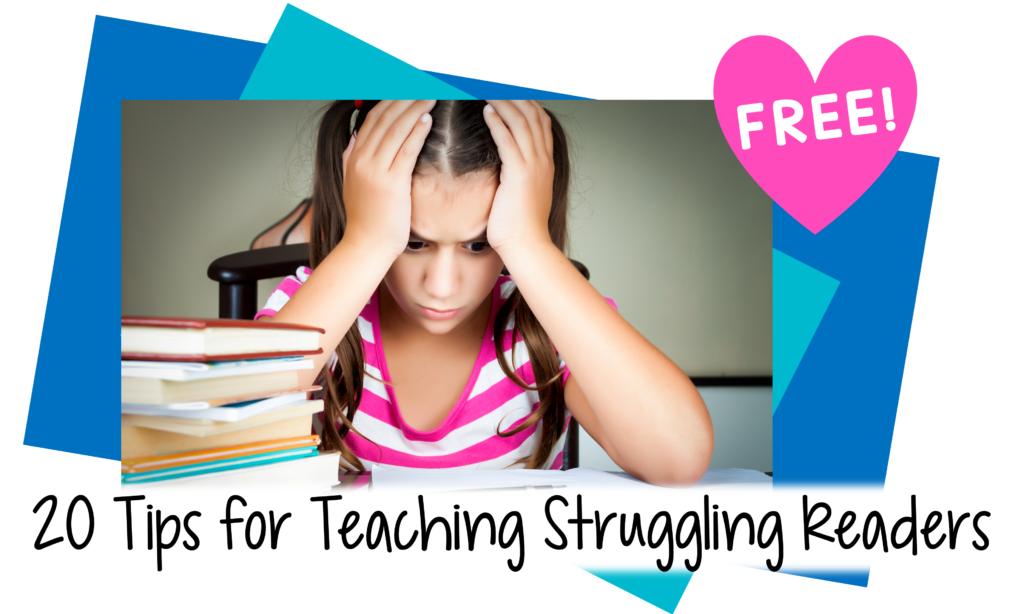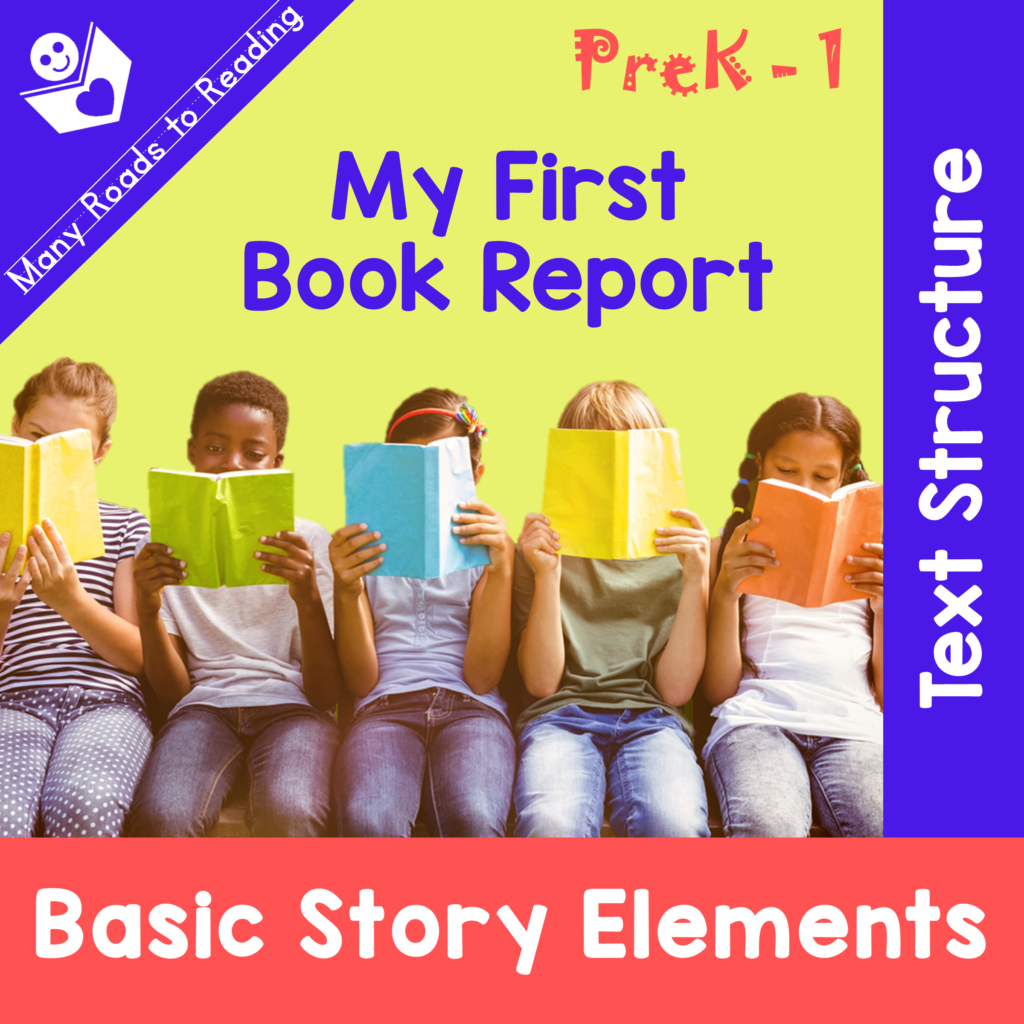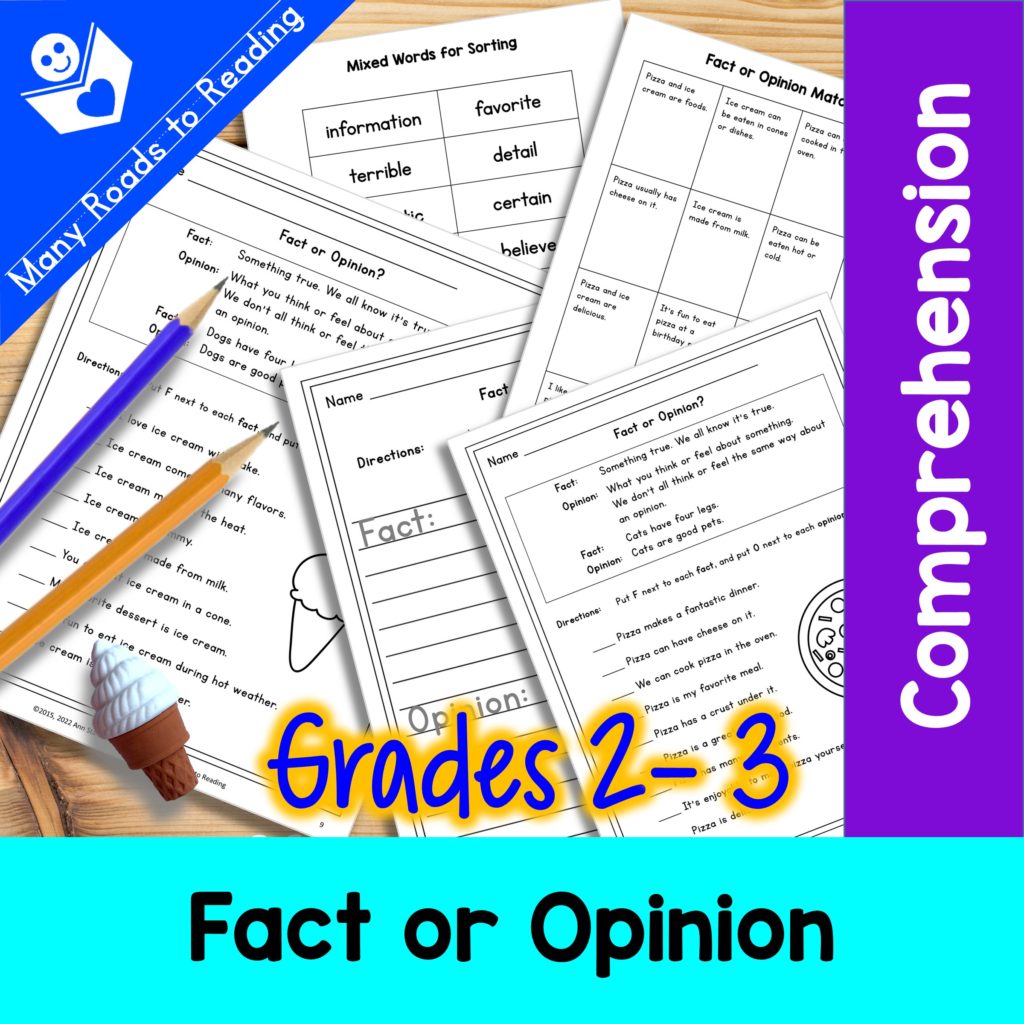
I don’t know about you, but I can sometimes forget about teaching comprehension! There’s so much to teach beginning readers that it’s easy to put meaning on the back burner.
It probably doesn’t help that I have a history of poor reading comprehension myself. Growing up, I had no idea how to focus on meaning as I read, but instead concentrated on identifying word…after word…after word…
One time my first grade teacher asked me to read a page to the class. I proudly stood up and read every word correctly, word…after word…after word… Then she asked me to explain what I had just read. I had no idea. What a dirty trick, I thought to myself! She told me to read it, and I did!
There are a lot of excellent books written about teaching reading comprehension, but you probably know about them already. I’m going to share with you my own take on teaching it—and a little bit about how I learned to comprehend.
An Amazing Focusing Trick
When I was in grad school, I took a workshop in speed reading, thinking it would help my miserable pace. I never did learn to read faster, but I learned something much more important from the instructor.
He gave us a passage to read. We had to read the first sentence silently to ourselves, cover it up, and then put it in our own words. At first I had no idea what I had just read. They were just words. But, little by little. I learned to focus on the meaning behind the words. I learned to comprehend the text. I learned to self-monitor.
This focusing technique gets more advanced as the reader adds sentences and paragraphs and continually reevaluates the main idea and details of what they are reading. But the simple sentence recap is a fabulous way to make sure your students (or you!) are focusing on meaning.
Making Predictions
One of the first comprehension strategies I teach my beginning readers is how to make predictions. What do you think is going to happen next? Asking this sends kids the message that they have to pay attention to what is happening in the story. Don’t we all make predictions while reading—fiction or nonfiction? Of course you may get the random child who likes to peek at the end of the book to see what’s going to happen. Actually I know some adults who do that, too!
Be sure to explain to the kids that, with making predictions, there is no right answer. We can never know the end of all the stories we read! But it’s fun to make educated guesses about what is going to happen, and then confirm or disconfirm our predictions later.
Story Elements
Children love to tell stories, so it makes sense to begin their text structure adventure with fictional story elements. Teaching text structure is an excellent way to encourage youngsters to look for meaning. Besides, teaching terms such as setting, characters, problem, and solution makes it easier to talk about books with children who know very little about reading yet. I save plot for later. Somehow that concept seems more abstract and developmentally challenging than the others.
Background Knowledge and Interactive Readalouds
Background knowledge has been shown to be an important factor in reading comprehension, but beginning readers don’t yet have the skills to learn much about the world through books they read themselves. That’s where interactive readalouds come in.
While reading aloud, model comprehension strategies such as asking I wonder… and stop occasionally for a conversation about the book. There are so many wonderful books out there, in a variety of genres and topics, and as you read more and more books together, the children will naturally begin to compare books, if you haven’t already guided them there.
Just Plain Fun
Whether you are reading books aloud to the class or listening to children read in smaller groups, just have fun with the texts! Laugh together at funny parts, act excited or nervous at suspenseful parts.
I love teaching the word suspense to little ones. It’s such a grown up word, and they love it when you ask, What is that word that tells us we are worried about what is going to happen next in a book? They love responding with the big word: Suspense!!
Enjoying books with your students will build a bond of shared experiences that you can refer to throughout the year.
Check out Comprehension, Part 2: Text Structurehttps://manyroadstoreading.com/teaching-comprehension-part-2-text-structure/






Leave a Reply